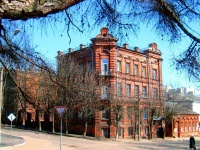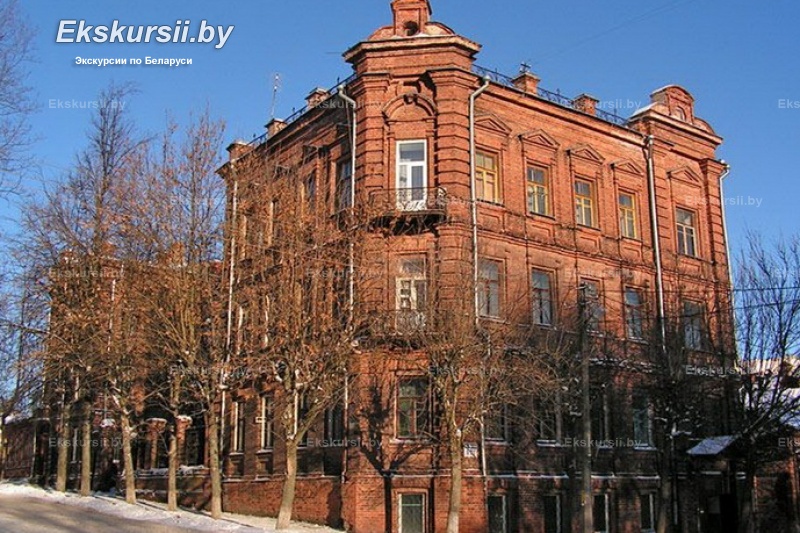- Home
- →
- Attractions
- →
- Income houses
Income houses
Income houses are historical buildings constructed at the end of the 19th and the beginning of the 20th century in Vitebsk on Chekhov Street (formerly known as First Vetrenaya) for rental housing. These houses belonged to wealthy merchants and entrepreneurs who sought to earn stable income from renting out apartments. Today, these buildings are an important part of Vitebsk's cultural heritage and a bridge between the past and the present. Income houses in Vitebsk are a favorite spot for filmmakers, artists, and photographers. They are drawn by the unique texture of these red-brick buildings. Nearby these income houses in Vitebsk, scenes were filmed for the movies "Hunt for the Gauleiter" (2011) and "Chagall. Malevich" (2012).
History of income house construction
The history of income house construction in Vitebsk dates back to the period from 1890 to 1902 when the city was actively developing as a significant economic and cultural center. During this time, the population grew, leading to an increased demand for housing. Income houses became a profitable investment for merchants and entrepreneurs who rented out apartments to ensure a stable income.
These houses were built in central areas of the city, where it was convenient to live and conduct business. Tenants ranged from affluent citizens to the middle class. Such houses played an essential role in addressing the housing issue and contributed to the social development of Vitebsk.
Income houses became an integral part of city life and the economy, reflecting the new realities and needs of society at the time. They played a significant role in shaping the city's infrastructure and urban lifestyle, remaining a notable element of Vitebsk's history.
Architecture of income houses
Income houses in Vitebsk are a vivid example of modernist architecture, complemented by elements of eclecticism that were popular at the beginning of the 20th century. Their facades stand out with a harmonious combination of strict geometric lines and elegant decorative elements. Stucco molding, often featuring floral and plant motifs, adds lightness and refinement to the buildings. Facade ornaments are complemented by beautiful wrought-iron balconies and massive cornices with intricate carvings, creating a unique appearance for each house.
Special attention in income houses was given to entrance groups: massive wooden doors were adorned with glass inserts with patterns, and entrances were framed with arched vaults. Inside, the houses impressed with elaborate decor – staircases with carved wooden or cast-iron railings, floors made of oak parquet or mosaics, as well as stained-glass windows that filled the rooms with soft, multicolored light. High ceilings were often decorated with intricate stucco, and fireplaces with tiled cladding were installed in the apartments. Every detail of these buildings reflected the owners' desire to emphasize status and create comfortable living conditions for tenants.
These architectural masterpieces have retained their charm to this day, remaining an important testimony to Vitebsk's cultural and historical heritage.
Excursions with a tour of income houses
By booking with us a tour from Minsk to one of the regional cities of Belarus - the city of Vitebsk, you will not only see preserved income houses but also learn the history of these buildings, their significance for the townspeople of the early 20th century, and interesting facts about life at that time. You will walk along the historic streets of Vitebsk, hear stories about the role of income houses in urban culture, and discover tales connected with the owners and tenants of the houses, as well as their ties to the city's life and development.
To embark on such a journey, we recommend booking the tour in advance by selecting a suitable date and format. It is an excellent way to spend time and discover new pages of Belarusian history.


